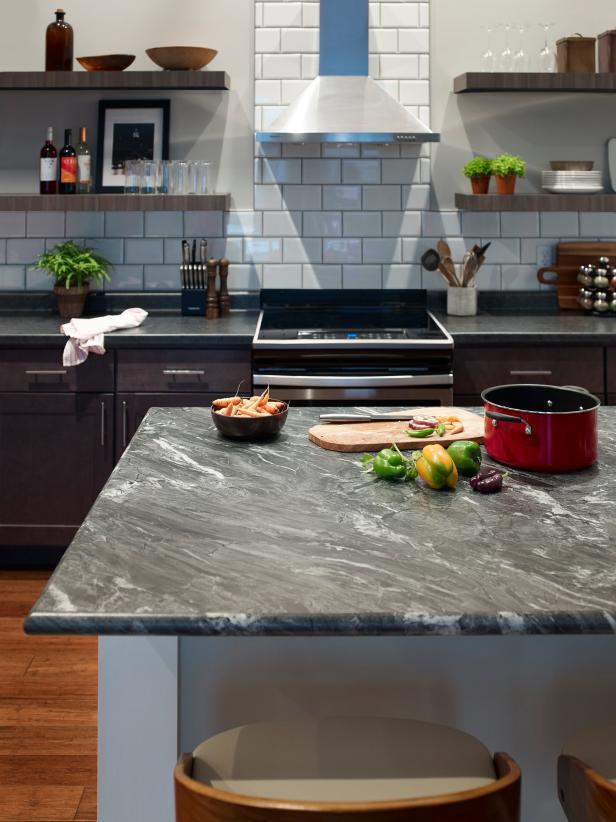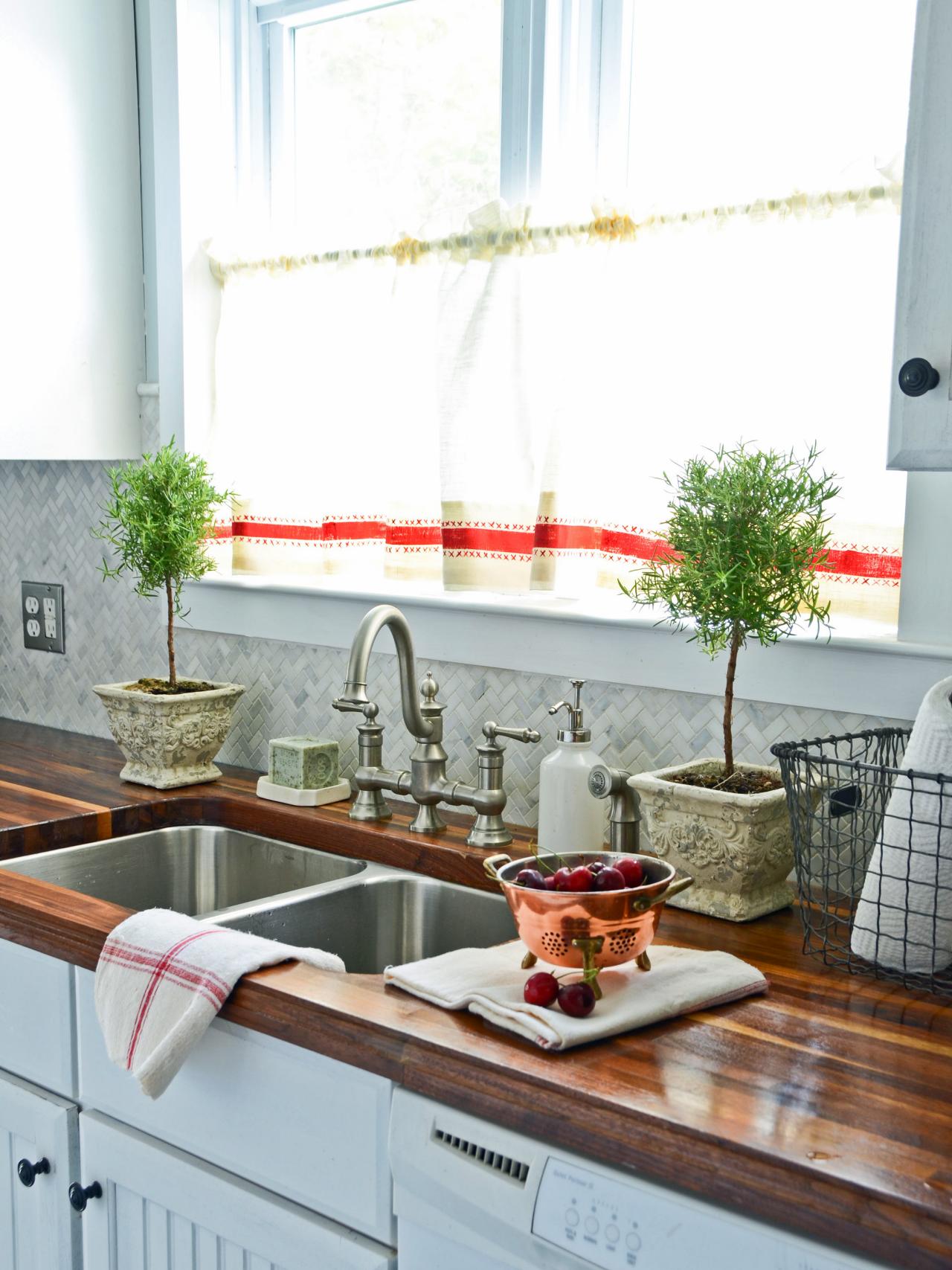When it comes to designing a kitchen, the countertop often takes center stage. A well-designed countertop is not just a functional work surface; it is a defining aesthetic element of the kitchen. With a wide array of materials, styles, and finishes available, designing the perfect countertop can be an exciting yet overwhelming endeavor.
For me, the process starts by considering the needs of the kitchen and the way I use it. Whether I cook daily, entertain frequently, or prioritize low-maintenance solutions, the design of my kitchen countertops reflects my lifestyle and aesthetic preferences.
The choice of material plays a pivotal role in countertop design. Natural stone options like granite and marble are known for their timeless appeal and durability. Granite offers unparalleled strength and a wide range of color patterns, making it a top choice for high-traffic kitchens. On the other hand, marble exudes luxury and sophistication, though it requires more upkeep to maintain its pristine look.
In my opinion, quartz is an excellent alternative because it combines the beauty of natural stone with added durability and ease of maintenance. Its non-porous surface resists stains and bacteria, which is perfect for families or avid cooks. For those who love a more industrial or modern vibe, concrete or stainless steel countertops might be the way to go.

The layout and dimensions of the countertop also contribute significantly to the design. In my experience, determining the right size and shape for the countertop depends on how the space is utilized. If the kitchen is the heart of the home and a gathering place for friends and family, an oversized island with ample seating might be the best choice.
For smaller spaces, I’d recommend maximizing counter space by opting for a galley-style layout or incorporating multi-functional features like a breakfast bar. Ensuring proper clearance around cooking areas and appliances is another critical aspect to keep in mind, as it enhances workflow and safety in the kitchen.
Color and texture are equally important in creating a harmonious kitchen design. Neutral tones like whites, grays, and beiges are often the go-to choices for countertops because they pair beautifully with various cabinet styles and wall colors. I love experimenting with bold, darker tones like black or deep green granite to make a striking statement. Textures like honed, polished, or leathered finishes can further elevate the look of the countertop. I find that polished surfaces reflect light beautifully and make the kitchen appear brighter, while honed or matte finishes provide a softer, more understated elegance.

Incorporating design elements that enhance functionality can make the countertop a true centerpiece of the kitchen. One trend I’ve noticed and admired is the use of integrated sinks and drainboards. These features not only look sleek but also make cleaning and food prep more efficient. Another idea I’ve found helpful is adding built-in storage options, like hidden knife slots or under-counter appliance garages. Designing a countertop with these features ensures that the kitchen remains organized and clutter-free, which is especially important in open-concept living spaces.
Sustainability is an increasingly important factor in kitchen countertop design. As someone who values eco-friendly options, I appreciate materials like recycled glass, bamboo, or reclaimed wood. These not only reduce environmental impact but also add unique character to the kitchen. Additionally, I find that sourcing local materials and supporting companies that use sustainable practices can make the renovation process feel more meaningful. Using sealants or finishes that are non-toxic and low in VOCs is another way to ensure the kitchen is both beautiful and safe.
Lighting also plays a key role in highlighting the beauty of a countertop. I’ve learned that strategically placed lighting, such as under-cabinet LED strips or pendant lights over an island, can bring out the texture and color of the material. For example, warm lighting enhances the natural veining of marble, while cool lighting complements the sleek, modern feel of quartz or stainless steel. In my opinion, the right lighting transforms a countertop from a mere work surface into a stunning design element that ties the whole kitchen together.
When designing kitchen countertops, considering the edge profile is a detail that shouldn’t be overlooked. From simple square edges to ornate ogee designs, the edge profile can subtly influence the overall style of the kitchen. I prefer clean, straight edges for a contemporary look, but I can see how rounded or beveled edges add softness and make the kitchen feel more inviting. For families with young children, bullnose edges might be the safest and most practical option.

Cost is, of course, a significant factor in any countertop design project. High-end materials like marble and quartzite can be expensive, but in my experience, there are plenty of affordable options that don’t compromise style or quality. Laminate countertops, for instance, have come a long way in mimicking the appearance of natural stone or wood. By exploring different suppliers and keeping an eye out for sales or discontinued styles, I’ve managed to find great deals on premium materials that fit within my budget.
Customizing the countertop to suit personal needs and preferences is one of the most rewarding aspects of the design process. For example, as someone who loves baking, I would consider installing a lower counter section with a cool marble surface for rolling out dough. If wine is a passion, integrating a built-in wine cooler into the island can be a functional yet stylish addition. Tailoring the design to specific hobbies or routines ensures that the kitchen is not only beautiful but also uniquely personal.
Maintaining a well-designed countertop is just as important as choosing the right material. From my perspective, understanding the care requirements of different materials can make a big difference in keeping them looking their best. For instance, natural stones need regular sealing to prevent staining, while quartz countertops require only a quick wipe with soap and water. By investing in the proper maintenance products and adopting good habits, I’ve found that countertops can retain their beauty and functionality for years to come.

Common Mistakes to Avoid
Overlooking Practical Needs: Focusing solely on aesthetics can lead to choosing materials or layouts that aren’t practical for daily use. I’ve learned the hard way that a beautiful countertop that scratches or stains easily becomes a source of frustration.
Ignoring Budget Constraints: It’s easy to fall in love with high-end materials and features, but exceeding the budget can lead to compromises in other areas of the kitchen design.
Neglecting Maintenance Requirements: Not understanding the upkeep of certain materials, like sealing marble or avoiding abrasive cleaners on quartz, can lead to premature damage.
Forgetting About Lighting: Poor lighting can make even the most stunning countertops look dull. Focusing on proper illumination is key to showcasing the design.
Overcomplicating the Design: Trying to incorporate too many trends or features can make the countertop look cluttered and reduce functionality.
Ignoring Future Needs: Designing for the current moment without considering future lifestyle changes can result in regrets down the line, especially for growing families.

What is the most durable countertop material?
From my experience, quartz stands out as one of the most durable materials for kitchen countertops. It’s non-porous, scratch-resistant, and impervious to stains, making it ideal for busy kitchens. Granite is another excellent choice for its toughness and resistance to heat, though it does require periodic sealing.
How do I choose the best color for my countertop?
Selecting a countertop color involves considering the overall design theme of your kitchen. Neutral tones like white, gray, or beige offer versatility and timeless appeal, while bold shades can create a dramatic focal point. I always recommend bringing home samples to see how they look under different lighting conditions in your kitchen.
Are sustainable countertop materials worth it?
Absolutely! Eco-friendly options like recycled glass or bamboo not only reduce environmental impact but also add unique charm to the kitchen. In my experience, these materials can be just as durable and stylish as traditional options while aligning with sustainable values.

Can I install countertops myself, or do I need a professional?
While it’s possible to DIY certain materials like laminate or butcher block, I’ve found that hiring professionals ensures precise installation, especially for heavier materials like granite or quartz. Improper installation can lead to uneven surfaces or damage, which can be costly to fix.
How do I maintain my kitchen countertop?
Maintenance varies depending on the material. For example, marble requires regular sealing to prevent stains, while quartz needs only simple cleaning with mild soap and water. In my experience, following the manufacturer’s care instructions and using protective measures, like trivets and cutting boards, can prolong the life of any countertop.
What edge profiles are available for countertops?
There are many edge profiles to choose from, including square, beveled, bullnose, and ogee. I think square edges offer a modern look, while rounded edges are safer for families with young children. Selecting the right edge can complement your kitchen’s overall design and add a polished finish.

Related articles: